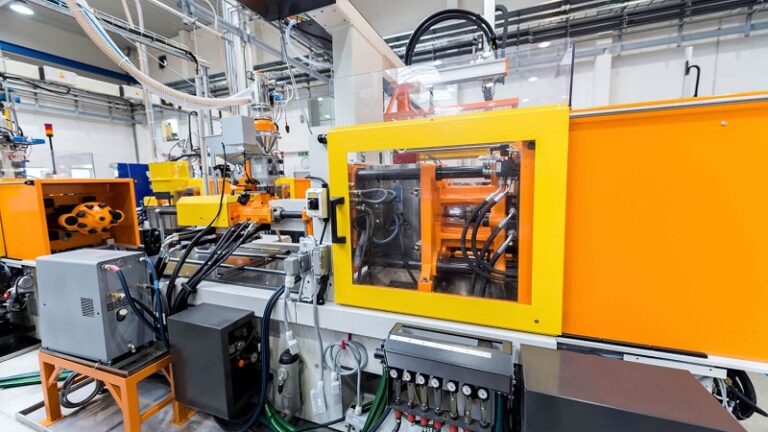Selecting the right material for injection molding plays a pivotal role in ensuring the performance and quality of your product. Different plastics offer a variety of advantages and limitations, making it essential to assess their characteristics carefully to meet the specific demands of your application. Whether producing food packaging, medical devices, automotive components, or parts for heavy-duty industrial equipment, your choice of material will heavily influence the product’s ability to withstand temperature changes, chemical exposure, and other environmental factors.
In the process of plastic injection molding, the selected material directly impacts critical qualities like durability, flexibility, and transparency. For instance, ABS is highly regarded for its strength and rigidity, while polypropylene is prized for its flexibility and heat resistance. Each material brings distinct properties to the table, which must be carefully considered to align with the unique requirements of your project.
This guide explores the pros and cons of popular plastics used in injection molding, such as the exceptional heat resistance of Nylon and the excellent recyclability and clarity of PET. By thoroughly understanding the attributes of each option, you can make informed decisions that optimize the efficiency and cost-effectiveness of your production process.


Comments are closed.